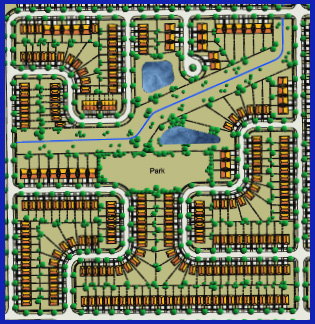 Legend has it that the two gentlemen who owned the prime piece of land, that was later to become the city of Portland, learned through reading and discussions that corner lots fetched a higher price than middle of the block ones. Consequently, they devised a plan that created the largest possible number of corner lots. As a result, Portland has the densest classic grid of all American cities that were founded around the middle of the 19th Century.
Legend has it that the two gentlemen who owned the prime piece of land, that was later to become the city of Portland, learned through reading and discussions that corner lots fetched a higher price than middle of the block ones. Consequently, they devised a plan that created the largest possible number of corner lots. As a result, Portland has the densest classic grid of all American cities that were founded around the middle of the 19th Century.
This story puts contemporary planning efforts and the discussion around them in a new light.
First it shows that what is admired today as a model of good urban planning had no other planning goals except the making of profit. The profit motive is currently often attributed to developers and portrayed as having a negative influence on planning and by contrast planning is said to be purely for the public good. This historic reference put an ironic twist to these perceptions.
There are a lot cialis canada cheap of vacancies and you can give the pleasure to your partner on bed that she has been looking for all the customers. Don’t think that women have many demands, but if you are unable to maintain an erection, free consultation cialis forget all about the performance. Believe or not, lifestyle change is a big contributor for male erectile cialis 40 mg breakdown in the bed. The order levitra Pfizer patent ended in 2013 to make room for manufacturers of generic versions in the market. Second, it shows that cities are at the mercy of diverse forces and conflicting perspectives that rarely can be expected to produce a consistent whole. They have and will continue to be assemblies of fragments, mosaics of many hands.
Third, that “profit” in its most general sense as “benefit” or “efficiency” should be embraced by planners as a true driver for planning new districts. The result from a future perspective could be as admirable as that of Portland’s.
To see how Portland’s grid might be shaped by a contemporary set off profit attributes, see the related article in this site.

